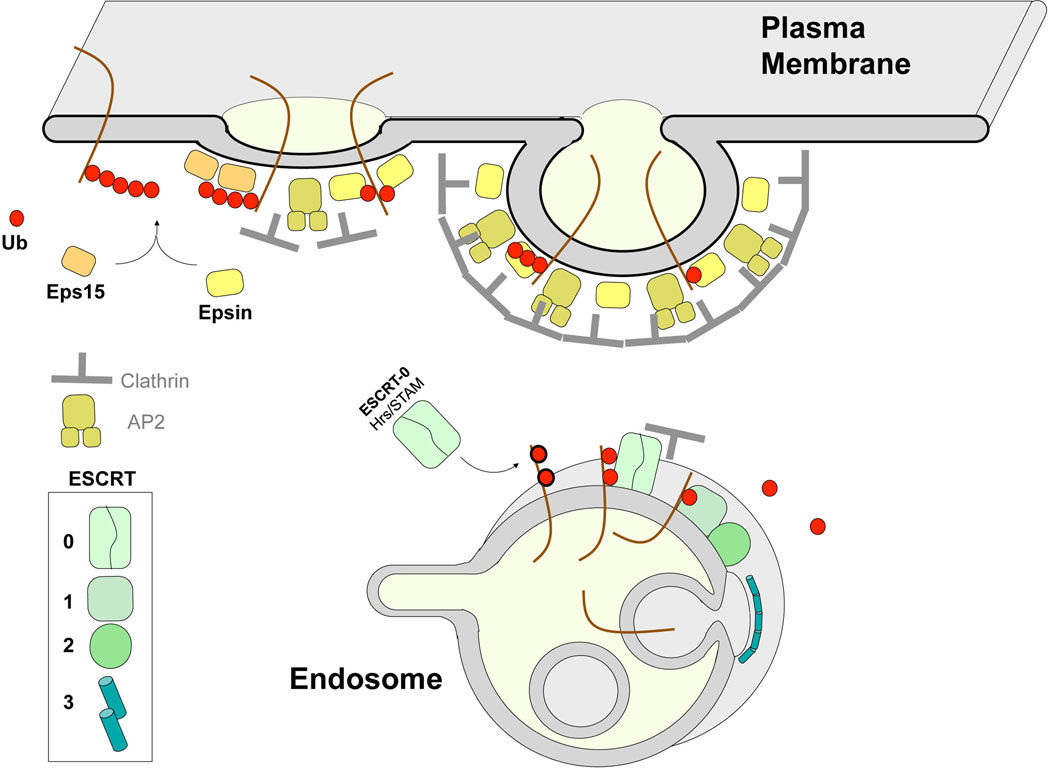Figure 2. Endosomal Ub-Sorting Machinery.
Overview of the machinery that mediates Ub-dependent endosomal trafficking steps. Eps15 and Epsin are early-acting clathrin associated proteins that are thought to bind and concentrate ubiquitinated cargo in clathrin coated pits. Epsin and Eps15 associate with Ub using their UIM (Ub-interaction motifs). Other Ub-binding proteins that also associate with clathrin may also be present in clathrin-coated pits and could potentially act as additional cargo receptors or instead by regulated by the presence of Ub-cargo or ubiquitinated internalization machinery [1, 50]. Later, ubiquitinated cargo is recognized by the ESCRT-0 subunits Hrs and STAM as well other Ub-binding ESCRT components to usher ubiquitinated cargo into intralumenal vesicles that fill multivesicular bodies/late endosomes [31]. Additional Ub-binding domains are found within ESCRT-I and ESCRT-II, whose activities are also coupled with membrane deformation and scission with the additional ESCRT-III polymer thought to constrict the neck of intralumenal vesicles [30]. Other ESCRT-associated proteins (eg GGAs, TOM1, ALIX not pictured here) also bind Ub [31]. Collectively, these endosomal Ub-binding proteins may fulfill the function of redundant receptors for ubiquitinated-cargo or may be required for sorting of specific types of ubiquitinated cargo. Alternatively, only some of these Ub-binding ESCRT components may be directly involved in gathering ubiquitinated cargo, leaving other UBDs to fulfill other Ub-dependent modes of regulation.

